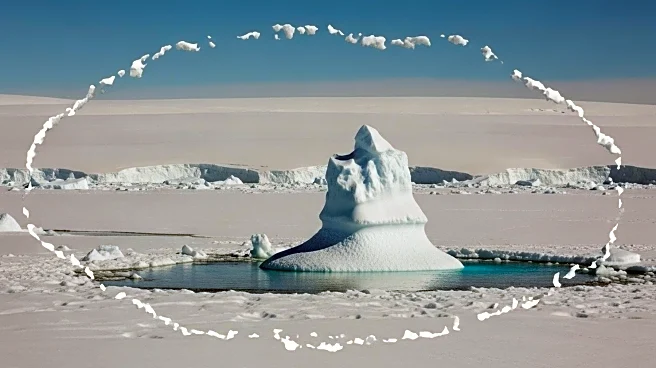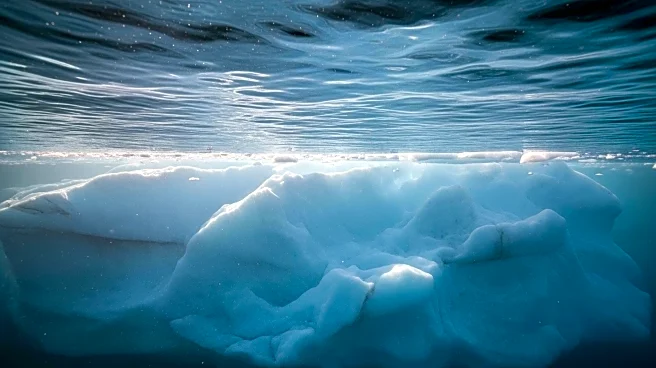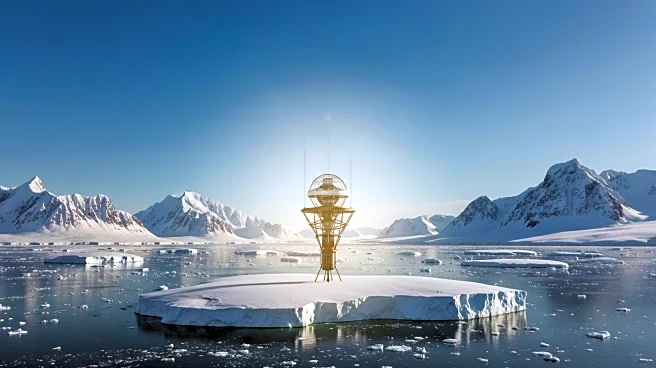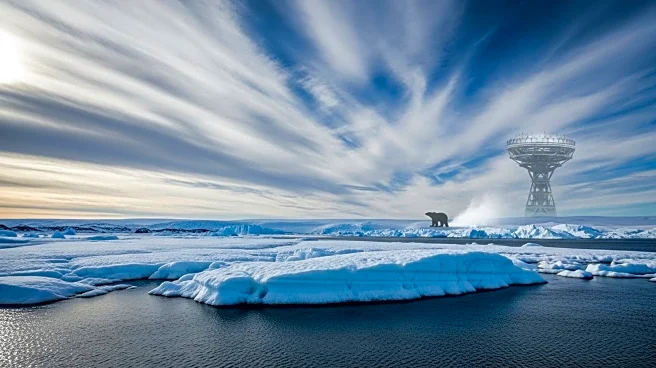What is the story about?
What's Happening?
A study published in Nature Communications reveals that East Antarctica's interior is warming faster than its coastal areas due to increased warm air flow from the Southern Indian Ocean. This 30-year research, led by Naoyuki Kurita from Nagoya University, utilized data from unmanned weather stations to document temperature increases of 0.45-0.72°C per decade. The findings suggest that current climate models may underestimate future ice loss rates in Antarctica.
Why It's Important?
The rapid warming of East Antarctica's interior poses significant implications for global sea levels, as the region holds most of the world's glacial ice. The study highlights a previously overlooked warming mechanism, suggesting that climate models need adjustment to accurately predict ice loss. This research underscores the urgency of addressing climate change impacts and informs policymakers and scientists about potential future scenarios for Antarctic ice melt.
What's Next?
The study calls for updates to climate models to incorporate the newly identified warming mechanism. Researchers may focus on monitoring coastal areas for signs of warming and surface melting. The scientific community will likely prioritize further investigation into the Southern Indian Ocean's role in Antarctic climate dynamics. These efforts aim to refine predictions and guide global climate policy and adaptation strategies.
AI Generated Content
Do you find this article useful?















